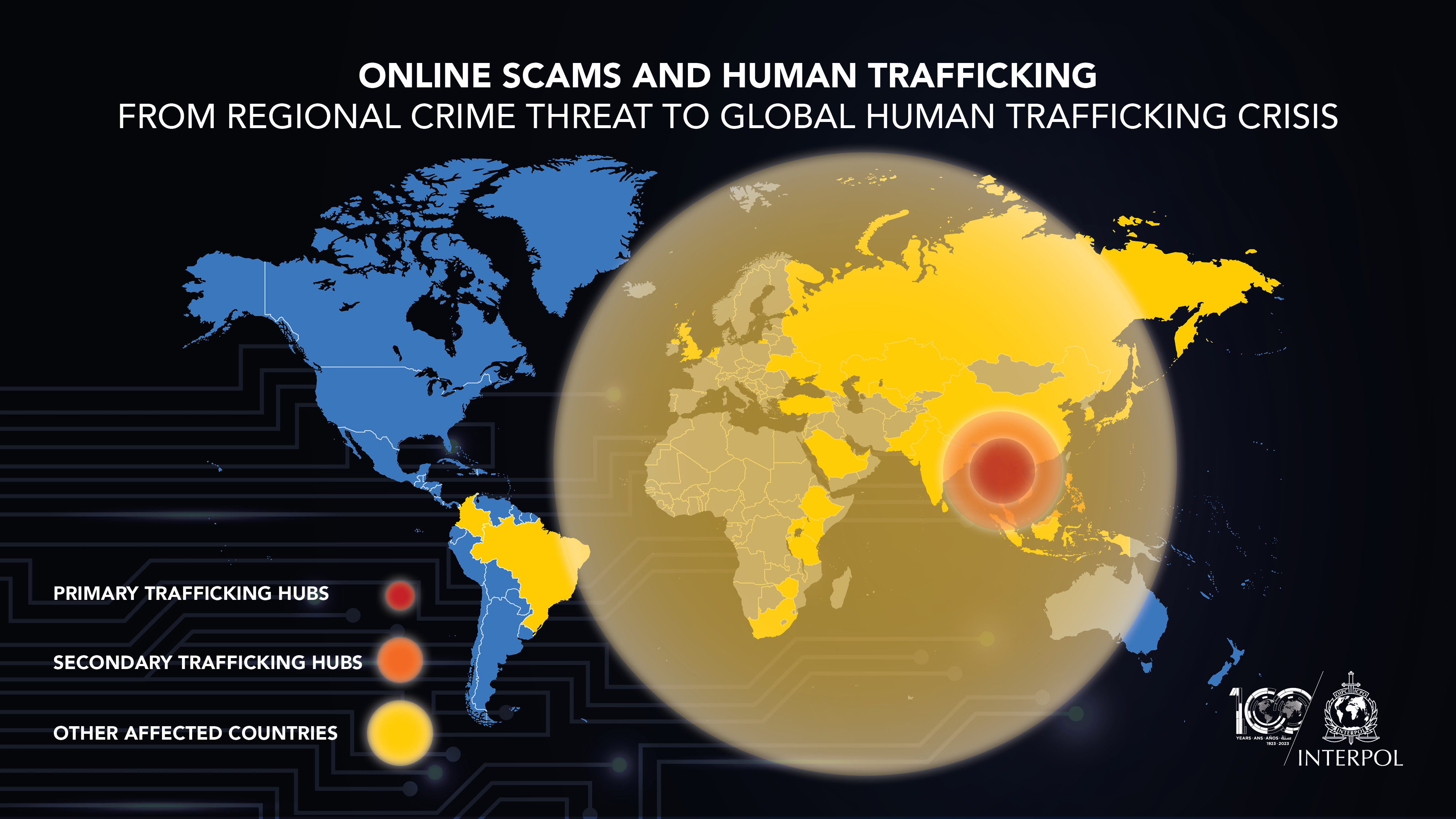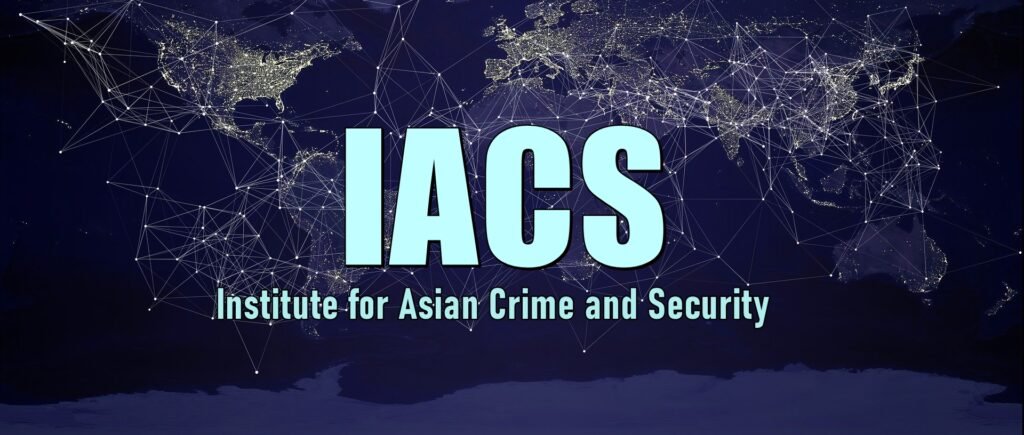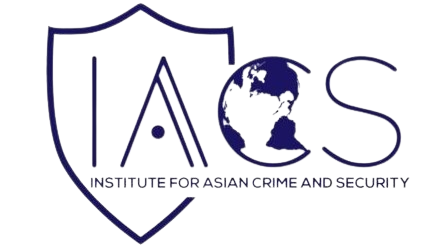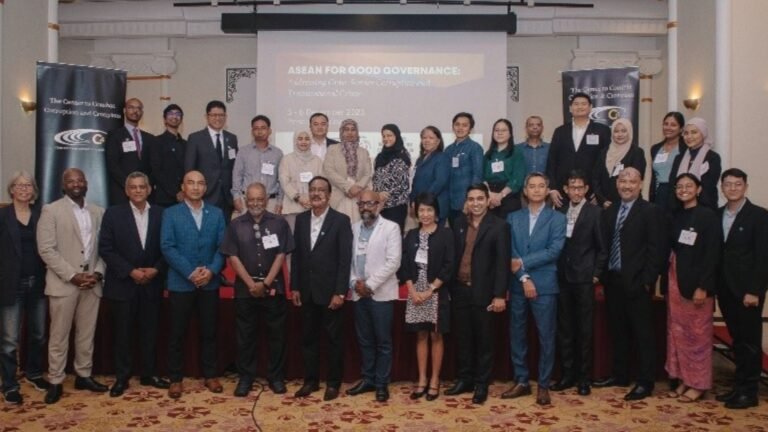The prevalence of scam compounds is not a new development and has existed prior to the pandemic. However, the surge in unemployment and the subsequent increase in job seeking following COVID-19 has facilitated the proliferation of scams involving human trafficking. INTERPOL has characterised this phenomenon as evolving from a regional-level crime to a global human trafficking crisis. A new form of human trafficking has emerged rapidly in Southeast Asia, where individuals are lured into what appear to be legitimate jobs in digital marketing, customer service, construction, translation, etc., only to be coerced into working in scam operations, known as the pig-butchering operations. These operations use deceptive methods to recruit workers, often from other countries, to establish online relationships with individuals in different countries, who are then swindled.
What and How Should We Understand the Pig-Butchering Operation?
The “Pig Butchering” scams, also known as Shāzhūpán scams, are a type of deception that originated in China. The term “Pig Butchering” is a translation of the Chinese phrase “Shāzhūpán,” which describes the process of ‘nurturing’ victims (or ‘fattening the pig’) before taking (or ‘slaughtering the pig’) their money. The “pig butchering” scheme is a type of investment fraud that lures individuals into investing in seemingly legitimate opportunities. Scammers make enticing promises of high returns within a short period and bolster their claims with fake images and deceptive portfolios to win over their victims. Once a significant investment is made, the fraudsters vanish, leaving their victims unable to recover their funds. The term “pig butchering” is derived from the concept of fattening victims with promises of high returns before taking their money. The scam often begins with an innocuous conversation initiated by a stranger, who may falsely claim to have obtained the victim’s number from a mutual acquaintance. To some extent, this involves two groups of victims: the labourers subjected to forced work, debt servitude, and severe physical abuse such as torture, beatings, and rape; and the victims of the online financial scams, which the trafficked individuals are compelled to carry out. Alongside romance baiting and cryptorom, ‘pig butchering’ is considered one of the specific forms of romance fraud, which ‘uses the guise of a genuine relationship to deceive a victim into transferring often larger amounts of money to an offender/s’ (Cross, 2024).

(Pig butchering scam’s anatomy source: https://caymannewsservice.com/wp-content/uploads/2023/08/Pig-butchering-scam.jpeg)
If we use the theory of the crime script analysis (Cornish, 1994), a typical Shāzhūpán scam could be illustrated with a simplified explanation of the (at least) eight steps. First, a fraudster, also known as the “host,” initiates contact with a potential victim online, usually through social media or a dating app. Second, the host builds a relationship with the victim, gaining their trust. Third, the host then convinces the victim to get involved in cryptocurrency trading, claiming to have insider information or family connections in the investment sector. Fourth, the host persuades the victim to download an app and suggests trading together, showcasing how easy it is to make profits. Fifth, unbeknownst to the victim, the platform is fraudulent and controlled by a group of fraudsters. Sixth, the host fabricates trades to create the false impression that the victim is making profits. Seventh, believing everything is legitimate, the victim invests larger sums of money. Finally, over time, the host continues to manipulate the victim and the platform to keep them investing.
Otherwise, the stages of a pig-butchering scam would be understood and clarified with four continuous steps, as Whittaker, Lazarus, and Corcoran (2024) illustrated in the latest research. Firstly, in “Pig Hunting”, perpetrators craft fraudulent profiles on dating applications and social media platforms, utilising stolen photographs and biographies. These profiles often depict the scammers as accomplished professionals, such as investment consultants. Secondly, in “Pig Raising”, the victim is meticulously groomed through sustained communication, fostering a sense of intimacy and trust. This is often achieved by establishing shared interests or topics. During this phase, the scammer may propose collaborative financial opportunities. Thirdly, in “Pig Killing”, the victim is enticed into a deceptive investment scheme, initially receiving returns on a small investment. Subsequently, they are coerced into investing larger sums, which they are unable to withdraw. Finally, in “Pig Eating” ” the scammer terminates the fraudulent investment platform, blocks the victim, and attempts to obliterate any evidence of the scam. At this juncture, they also launder the misappropriated funds.
Can Scale Exactly the Negative Impacts of the Pig Butchering?
It is still a question for all if we stand for different views. For example, regarding the profits of criminals, the United Nations estimated that the revenue generated by scam centres in one Southeast Asian country ranges from $7.5 to 12.5 billion, or half the value of that country’s GDP. In a similar vein, employees at scam centres are involved in illegal activities, such as persuading their targets to invest in cryptocurrencies or deposit funds into gaming accounts, which are subsequently retained by the groups operating these scam centres. Accordingly, most victims are instructed to buy crypto from a legitimate exchange and then transfer it to a scammer-controlled wallet. Scammers send fake account statements to prompt more investments. After victims lose tens of thousands, scammers vanish by laundering the digital assets to convert the funds into other currencies at virtual asset service providers located in jurisdictions with weak anti-money laundering regulations, such as Myanmar, Laos, and Cambodia. According to the Federal Bureau of Investigation (FBI), in 2022, investors in the US alone lost over $3.3 billion to these scams.

(The flows of the profits from pig-butchering scam, source: https://www.chainalysis.com/blog/pig-butchering-human-trafficking/)
The pig butchering has also negatively impacted society and extends beyond the economic losses that victims suffer. Thus, if we stand for the human rights of victims (even of scam-forced criminality persons who are often considered the overlap between offender and victim), it is hard to address ultimately. The examination of the political economy of labour trafficking in the ASEAN region reveals the difficulties that many countries encounter in identifying, rescuing, and providing support to victims seeking legal recourse. When individuals who have been trafficked are coerced into engaging in criminal activities, it becomes even more challenging to determine whether they should be viewed as victims of trafficking or as criminals themselves. Although the majority of workers in scam centres are compelled into these activities, a small percentage choose to continue due to the potential financial benefits. Those who try to leave are sometimes informed that they must pay significant sums of money or find replacements, effectively implicating them in the trafficking process.
Should ASEAN Change to Enhance the Policy Action?
In response to the proliferation of scam centres in Southeast Asia, it is imperative to develop a comprehensive strategy at the regional and national level rather than focusing on individual scenarios. Of course, no solution is a unique and the most effective measure if conducting a one-by-one model and/or side-by-side process. Alternatively, these bellow recommendations (at least four main things) should be synchronised and integrated among countries.

(Looking for the regional solution, source: https://www.interpol.int/News-and-Events/News/2023/INTERPOL-issues-global-warning-on-human-trafficking-fueled-fraud)
Building a comprehensive policy formulation: Regional governments are in the process of formulating actions and policies to address this issue. This involves crafting regulations that specifically target online scams and human trafficking. Strengthening the rule of law and combating corruption is vital to disrupt the cycle of impunity that facilitates these criminal activities for upholding law and order in each country and the whole of the region. ASEAN has set up mechanisms to foster high-level dialogues, enhance the exchange of information and knowledge, build capacity for law enforcement officials, and promote cooperation with external partners rather than only collaborating with INTERPOL and the UNODC to address cybercrime and human trafficking.
Raising public awareness through setting up two levels, macro and micro approaches. For the former, international organisations like the United Nations provide policy recommendations based on international human rights standards to address the human rights concerns arising from online scam operations. Following these fundamental guidelines, each Southeast Asian government should launch campaigns to educate the public about these scams, their methods, and warning signs to be vigilant for. For the latter, national authorities should instruct their local communities to enhance the educational awareness campaigns to ensure legitimate job seekers with reliable resources and official job referral centres that can provide seekers advice, support and referrals to licensed companies. To do it, employees will avoid becoming victims of scammers by applying/connecting with social media advertisements with the slogan of the ‘simple job, high salary!’ Additionally, the government should establish support systems for victims, such as hotlines, counselling services, and legal aid, which can facilitate their recovery and potentially aid in prosecuting the culprits.
International law enforcement plays a pivotal role in addressing the issue of scam centres in Southeast Asia. ASEAN should prioritize at least two main issues. One is sharing intelligence activities in which countries are urged to exchange information about the scam centres operating within their territories. This intelligence sharing is instrumental in comprehending the magnitude of the problem and formulating effective countermeasures. Two is improving the cross-border collaboration in which ASEAN’s law enforcement agencies often join forces to combat this issue. They establish dedicated national teams across various government agencies to tackle the problem. These joint investigation teams (JITs) collaborate and convene on an annual basis to share insights and progress, including engaging with international bodies.
Supporting the evidence-based approach. Regional and national authorities should call for further considerations not only from their policymakers and practitioners but also invite non-government organisations, civil society organisations, and academics to contribute comprehensive reports and analyses of the situation, particularly for technology-led concerns. These insights are invaluable in understanding the scale of the problem and planning initiatives to counter human trafficking. Based on this scientific evidence, governments can partner with tech companies to identify and dismantle scam operations. This could involve developing AI tools to detect scam activities or trace cryptocurrency transactions. These are just a few potential strategies. The exact approach would depend on each country’s specific circumstances. It’s a complex problem that requires a well-rounded and coordinated response.
References:
Cornish, Derek. (1994). The Procedural Analysis of Offending and Its Relevance for Situational Prevention. In Ronald Clarke (Ed.), Crime Prevention Studies (Vol. 3, pp. 151-196). New York: Criminal Justice Press.
Cross, Cassandra. (2024). Romance Baiting, Cryptorom and ‘Pig Butchering’: An Evolutionary Step in Romance Fraud. Current Issues in Criminal Justice, 36(3), 334-346.
Whittaker, Jack, Lazarus, Suleman, & Corcoran, Taidgh. (2024). Are Fraud Victims Nothing More Than Animals? Critiquing the Propagation of “Pig Butchering” (Sha Zhu Pan, 杀猪盘). Journal of Economic Criminology, 3(100052), 1-8.
Featured Image Credit: Free Malaysia Today (Bernama Pic; No changes have been made)

Dr. Hai Thanh Luong is a senior researcher with the IACS. He has spent over fifteen years designing and training law enforcement agencies in Southeast Asia, mainly focusing on Vietnam. He focuses on cross-border crimes in mainland Southeast Asia, including drug trafficking, human trafficking, policing and police training, and Vietnamese criminal groups overseas.








